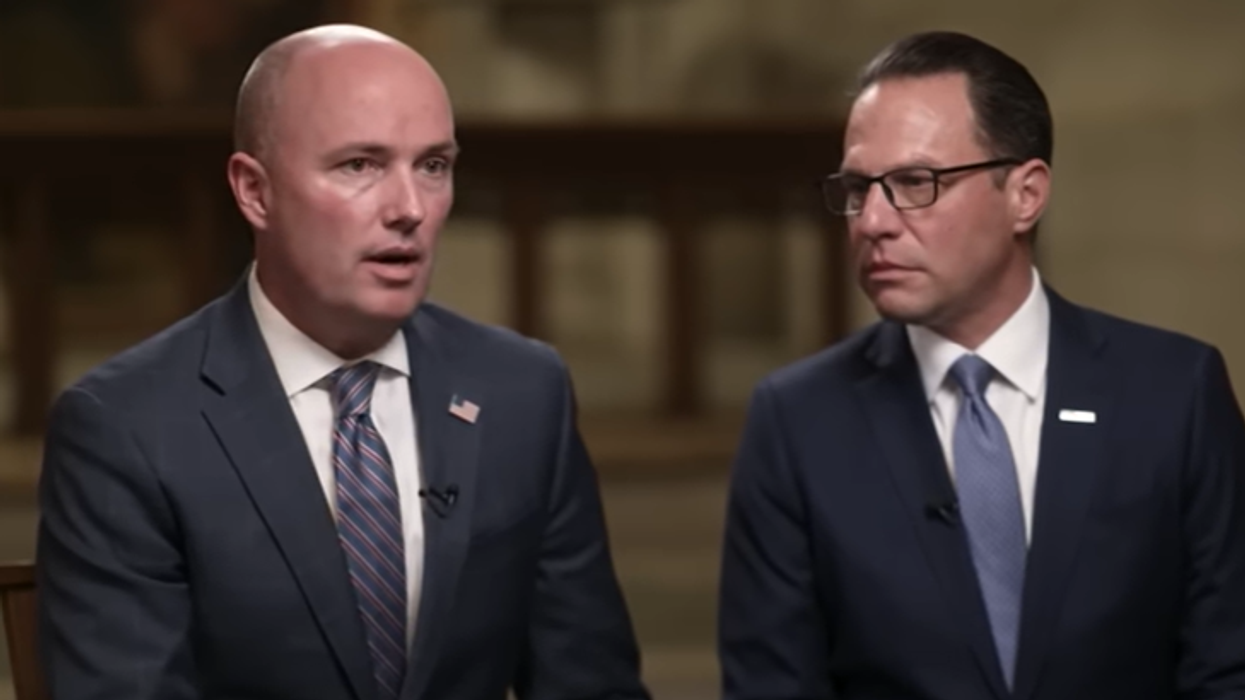It’s that special time of year when family and friends come together to celebrate the holidays, share meals, spread cheer – and, too often, pass along their germs.
Because vaccines can save lives and prevent serious illness, health professionals have long recommended vaccinations for influenza, COVID-19 and respiratory syncytial virus, or RSV. Yet despite these apparent benefits, many people decline.
Conversations about vaccines – whether in a clinic or at a holiday gathering – can spark intense debates, leading only to frustration and misunderstanding. Picture a familiar scenario: You present someone with essential facts about vaccine safety and effectiveness. You refute any myths with solid evidence. Yet they remain hesitant. In fact, your efforts may backfire, and the person pushes back even harder.
As a pediatrician and a pharmacist who research vaccines and vaccine hesitancy, we believe these conversations are often nonproductive for one simple reason: Human decision-making is not purely rational. We need to understand the deeper values behind each other’s views.
The rider and the elephant
The social psychologist Jonathan Haidt offers a metaphor: riding on an elephant. The rider represents rational and logical thinking, while the elephant embodies everything else: emotions, intuitions, values and subconscious motivations. You can try to steer the elephant, but ultimately, the elephant usually chooses the path.
Suppose you were slowly starving. But you have a pet dog – do you think you would eat it?
Without even thinking, most people’s emotional elephant tells them “NO!” based on the value that they love their dog and cannot imagine doing it any harm. People’s choices aren’t just based on the logic of a situation: “I’m starving, and dogs are edible.” Moral decisions are also driven by emotions and values: “I love animals more than I fear hunger.”
The rider did not make that decision; the elephant did.
Many people would make the same choice. But in a case where you do want to encourage someone to change their behavior, both the rider and the elephant must be understood and addressed: rational drivers, as well as emotional ones.
Health leaders often emphasize the objective evidence when discussing vaccines. But values and emotions are just as essential, if not more – especially since getting vaccinated involves moral decision-making.
Moral foundations
Many theories attempt to explain the complex, values-driven factors behind human decision-making – the “elephant” part of the equation. When it comes to vaccine hesitancy, one particularly insightful but underappreciated model is the moral foundations theory, which Haidt developed with colleagues.
The model describes six key ethical concerns that often shape people’s decisions:
- care/harm
- fairness/cheating
- loyalty/betrayal
- purity/degradation
- authority/subversion
- liberty/oppression
Individual people don’t usually value all six moral foundations equally. Some care more about loyalty and liberty; others prize fairness. Variation is associated with different attitudes on all kinds of issues, from politics to abortion to vaccines.
Consider a parent who emphasizes purity and liberty. The first principle may make them very concerned about the ingredients in vaccines. For instance, some parents express concern over putting chemicals into their child’s body. Meanwhile, the focus on liberty may lead the parent to resist vaccine requirements for schools or child care, viewing these mandates as governmental intrusions on personal freedom.
Research bears out the correlation between moral foundations and attitudes toward vaccines. In a 2017 study, parents with high hesitancy toward childhood vaccines were more likely to emphasize purity and liberty. Similarly, in a 2022 study, COVID-19 vaccine uptake was lower in counties where residents said they prioritize bodily and spiritual purity.
Or consider two workers at a nursing home that requires vaccination as a condition for continued employment. A staff member who emphasizes the moral foundation of care may be motivated to get the vaccine out of their sense of duty toward elderly patients. However, a colleague who emphasizes loyalty may be more motivated by fears that their religious leader is opposed to vaccination. Being vaccinated might feel like betraying their faith community, making the worker reluctant.
People may apply the same moral foundation in different ways. Take care/harm. Some parents may hear about a recent measles outbreak and worry that their children may be harmed if they are not vaccinated. Another parent may believe that measles poses little harm, but that the vaccine’s harms are unpredictable.
Whole-hearted listening
Moral foundations theory does not capture the entirety of underlying factors guiding any and all decisions. However, we believe it is helpful to illustrate the complex, nuanced ways that people’s conscience and subconscious drive decisions about vaccination.
Exploring other people’s motivations with empathy, respect and curiosity, instead of judgment, is at the core of effective communication about vaccines. If you hope for better discussions in your clinic or around the table this holiday season, avoid just talking past each other with facts. Instead, take the time to actively listen and learn about the deeply held values behind a person’s concerns, no matter how much you disagree.
You might be surprised at how much progress can be made when you engage with the whole person – their rider and their elephant.![]()
Rovers is a professor of pharmacy and health sciences at Drake University. Higgins is a research fellow and instructor of pediatrics at the University of Colorado Anschutz Medical Campus.
This article is republished from The Conversation under a Creative Commons license. Read the original article.

















